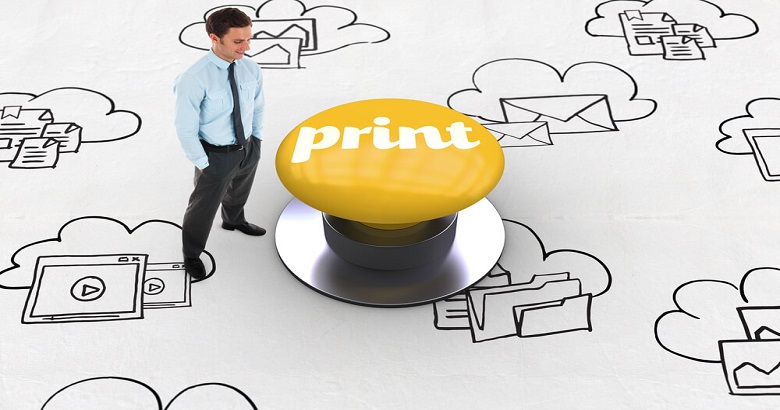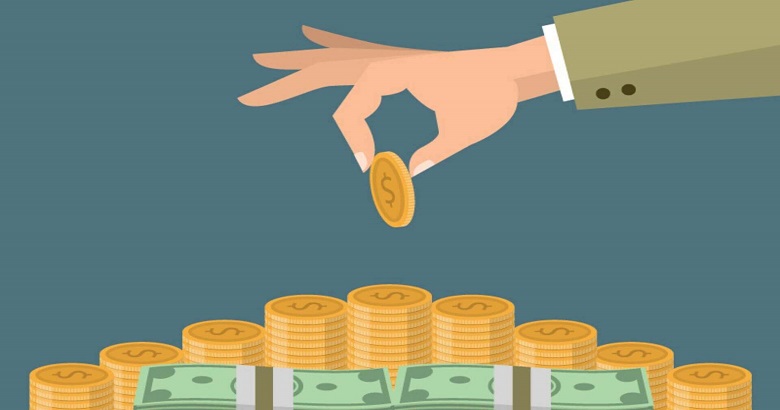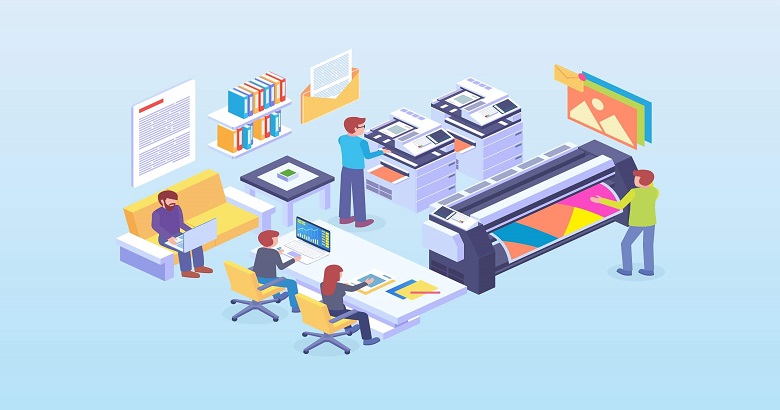In a world where digital contact is common, we still need printed materials for many things daily. Printing is still an important part of our daily lives, whether for business materials, home papers, or educational materials. However, because many people and companies are on a tight budget, searching for affordable book printing has become very important. Therefore, let us thoroughly investigate the least expensive printing method on the market right now.
Breaking Down Printing Methods
Before we can figure out which printing choice is the best value for money, we need to understand how the different printing methods work:
Offset Printing: In this tried-and-true method, ink is moved from a plate to a rubber blanket and then to the printing area. Offset printing is known for being fast and producing uniform quality, making it perfect for printing many things at once.
Digital Printing: Digital printing, on the other hand, puts the picture from a digital file right onto the paper. It has faster turn-around times and works better for small print runs, which makes it a popular choice for printing on demand.
Inkjet Printing: To make pictures on paper, inkjet printers use very small drops of ink. People love how versatile and inexpensive they are, and they are often used for small-scale printing jobs.
Laser Printing: Toner refills are used in laser printers to make high-quality prints. They work faster than inkjet printers and are often chosen for small—to medium-sized writing jobs and offices.
Things That Affect The Cost Of Printing

There are several things that affect how much printing costs all together:
Print Rate: The cost per unit usually decreases as the print rate increases. However, this idea mostly works for digital printing, where economies of scale can significantly reduce costs per unit.
Colour vs Black and White: Because more ink or toner is needed for colour printing, it usually costs more than black and white printing.
Paper Quality: Premium paper stocks cost more than ordinary ones. The type of paper you choose can greatly affect how much it costs to print everything.
Finishing Options: Adding special finishes like foiling, embossing, or sealing can make printed materials look more expensive, but they can also make them look more sophisticated.
Identifying the Most Cost-Effective Printing Option
Now, let’s get to the important question: which method is an affordable book printing option?
To Make Few Copies: Digital printing is often the most cost-effective for small printing jobs. It’s great for printing small amounts of brochures, flyers, or cards because it can make high-quality prints with little setup cost. Digital printing also eliminates the need to make plates, cutting initial costs even more.
For Large Print Runs: Offset printing is the best way to print a large number of copies at once. Even though the setup costs may be higher at first compared to digital printing, the cost per unit goes down a lot as more are printed. Because of this, offset printing is the most cost-effective way to make a large number of newspapers, books, or catalogues.
For Everyday Printing: An inkjet printer is best for everyday printing at home or in a small office. Inkjet printers are affordable book printing, presentations, and picture printing options in small to medium quantities because they don’t cost much to buy or replace when they run out.
Putting Strategies In Place To Save Money

Choosing the right printing method is important, but there are other ways to cut costs that can also help:
Adjust Print Settings: Small changes to print settings like quality and colour mode can help you use less ink or toner, saving you money in the long run.
Buying in Bulk: Buying printing supplies in large amounts can often save you a lot of money, especially for consumables like toner or ink cartridges.
Use Duplex Printing: Printing on both sides of the paper (called “duplex printing”) can cut paper use in half and the printing costs associated with it.
Use Standard Sizes: Printing on standard paper sizes can reduce waste and the printing costs of using custom sizes or speciality paper types.
Striking a Balance between Economy and Quality
The idea of affordable book printing can change based on the needs and circumstances. However, it is very important to understand the differences between printing methods and cost factors to make smart choices. There is a printing option for every budget, whether you need digital printing for small runs, offset printing for big jobs, or inkjet printing for daily tasks.
People and companies can maximise their printing budgets without sacrificing quality or speed by using cost-saving techniques and choosing the best printing method for each situation. Ultimately, the key to printing success in today’s changing world is to find the best mix between cost-effectiveness and print quality. By giving it some thought and planning, you can find your way through the confusing world of printing costs and make sure that every job gives you the most value for the least amount of money.
Frequently Asked Question
-
Which factors have the most significant impact on printing costs?
The most significant factors influencing printing costs include print volume, colour complexity, paper quality, and any additional finishing options. Print volume often determines whether offset or digital printing is the most cost-effective option, while colour complexity affects the amount of ink or toner required. Premium paper stocks and special finishes can also escalate printing expenses.
-
How can I reduce printing costs without compromising quality?
Several strategies can help reduce printing costs while maintaining quality. These include optimising print settings to conserve ink or toner, purchasing printing supplies in bulk to benefit from discounts, leveraging duplex printing to minimise paper usage, and sticking to standard paper sizes to reduce waste.
-
Is digital printing always cheaper than offset printing?
Not necessarily. While digital printing is typically more cost-effective for short print runs due to minimal setup costs and quicker turnaround times, offset printing becomes more economical for large-volume printing jobs. The per-unit cost of offset printing decreases significantly with higher volumes, making it the preferred choice for bulk printing requirements.
-
Are there any hidden costs associated with printing?
Yes, there can be hidden costs associated with printing, such as design and prepress fees, shipping and delivery charges, and additional expenses for rush orders or last-minute changes. It’s essential to factor in these potential costs when budgeting for printing projects to avoid unexpected surprises.
-
How can I determine the most cost-effective printing method for my project?
To determine the most cost-effective printing method for your project, consider factors such as print volume, colour requirements, budget constraints, and turnaround time. For small-scale print runs with tight deadlines, digital printing may be the best option. Conversely, for large-volume printing projects with ample lead time, offset printing may offer better value for money. Evaluating these factors in conjunction with your specific printing needs will help you make an informed decision.



